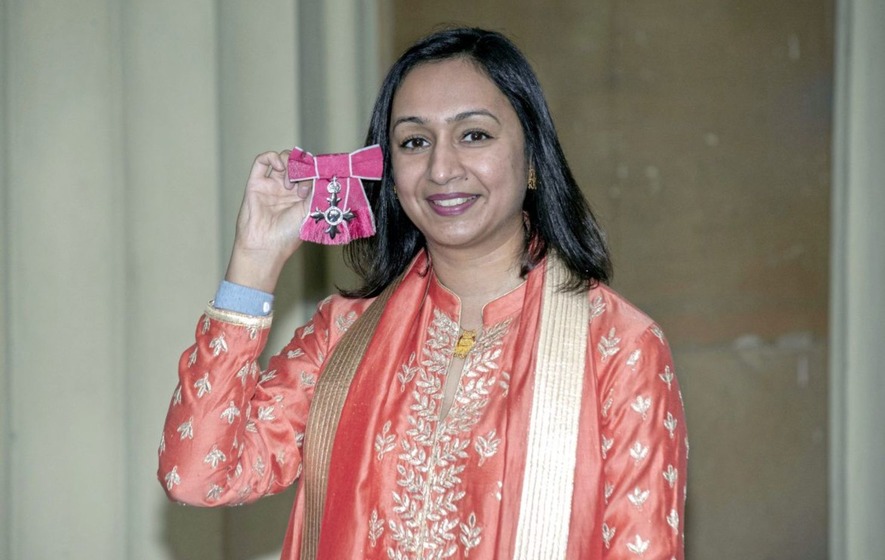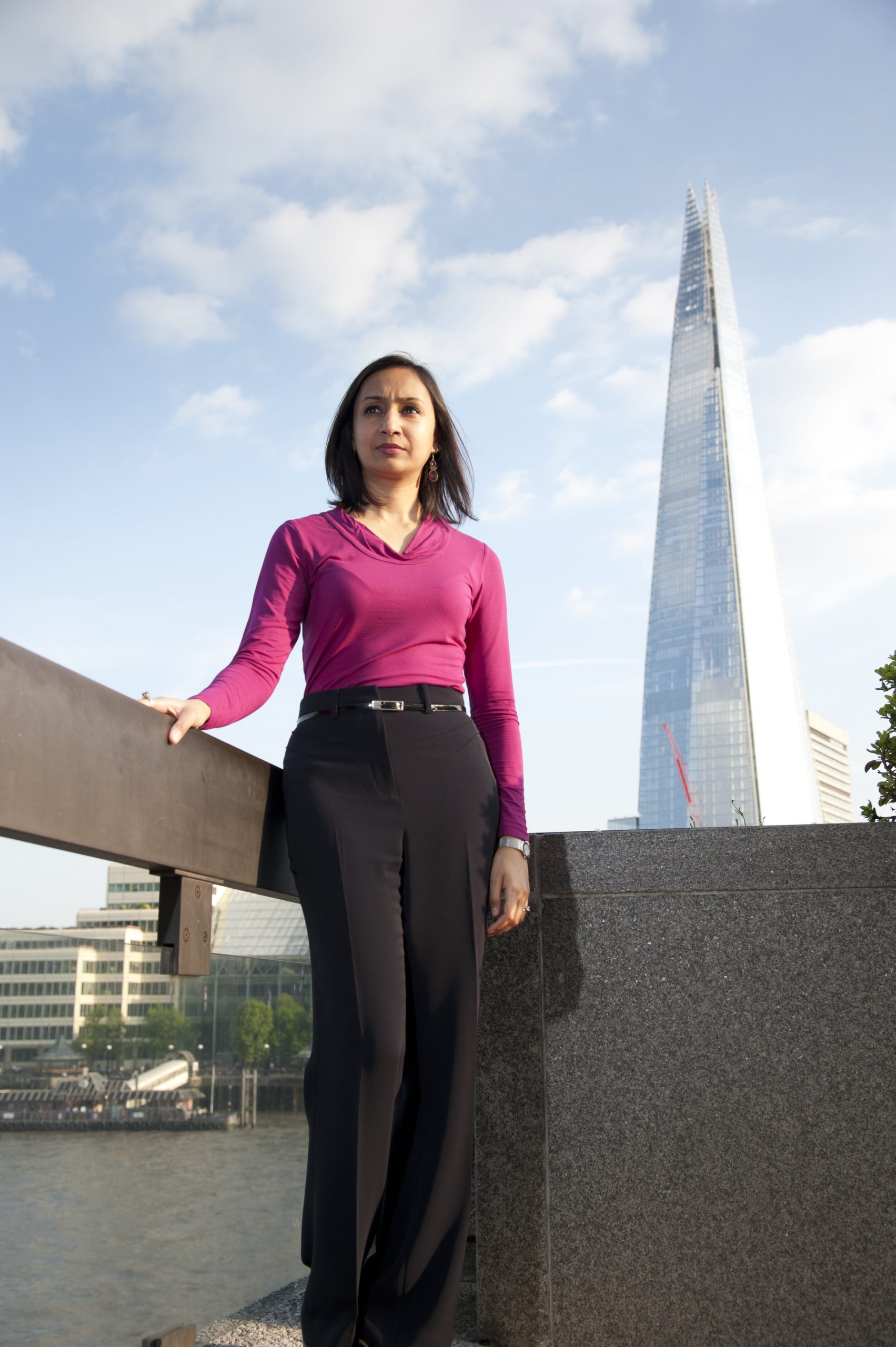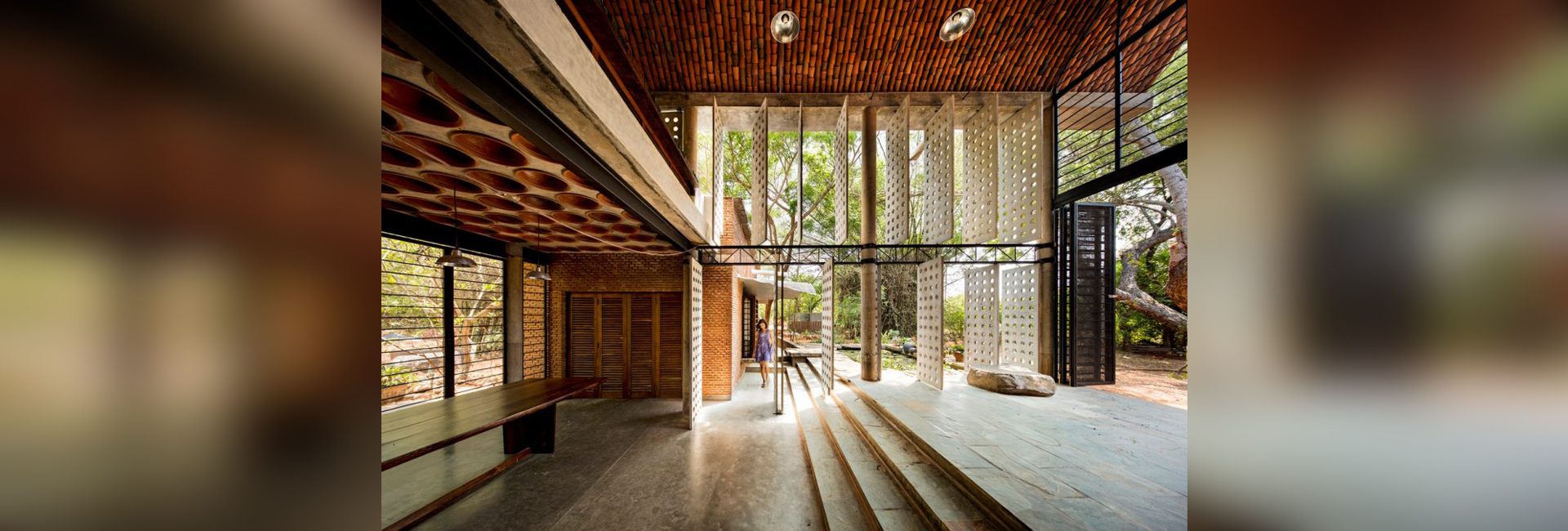(April 28, 2023) Be it the complex, geometric structure of 7850 stars that represents the dome of Louvre Abu Dhabi or the timber-framed 16th century Tudor House Museum, Roma Agrawal has a keen eye for design, and her Instagram is testimony to it. Her love for buildings, construction, materials, and the stories behind how they came into existence reminds one of Ayn Rand’s iconic character Howard Roark from her popular novel The Fountainhead. It’s exactly this love for design and science that led her to become one of the well-known structural engineers, who is also one of the masterminds behind The Shard.
Her love for structural engineering helped her appoint as the Member of the Order of the British Empire (MBE) in 2018 and get her elected an Honorary Fellow of the Royal Academy of Engineering in 2021.

Roma Agrawal
Finding her calling
Growing up, she had an innate curiosity, and would often play with building blocks and construction toys. During her childhood in New York, she was enthralled by skyscrapers and curious about how they were made. Unknowingly, this set the foundation for her interest in the scientific world, however, for the longest time, she didn’t associate the word “engineer” with what she was doing. It was her love for science and maths that led her to study physics at Oxford. However, it wasn’t until one summer job in the physics department that she saw engineers “doing interesting work” and she knew she wanted to be one.
It was a structural engineer that she chose to become, courtesy of her first impression of American skyscrapers in her childhood. This led to her studying General Structural Engineering at Imperial College London. “I used to think engineering was about maths and calculations and computing and doing quite technical work. But I soon realised that if you can’t communicate what you are trying to do, and you don’t have relationships with people, then you’re not going to be able to be a successful engineer. And I think that’s what now is my first love of engineering — it’s being creative with other people and building those personal relationships,” the Global Indian said in an interview.
On building The Shard
She put her knowledge to practice when she started working at WSP, where she helped design a footbridge for Northumbria University in Newcastle. She even worked on a Georgian house in Mayfair and an addition to the Victorian Crystal Palace station in London. But it is her assistance with the foundations of Shard, which took a good six years, that she calls one of the challenging projects, owing to its geography. Placed in the middle of Central London, with a hospital across the street and the London bridge a few miles away, “it was a massive logistical challenge.”

Roma in front of The Shard
“For me, in some ways, the actual maps and the physics of making the tower stand up are a challenge, of course, but then trying to weave it into the middle of a very busy city… that’s where the smarts come in. That’s where you have to be creative, you have to be collaborative, you have to work with all of those different people who want different things and find a common consensus,” she added.
Making her mark in a male-dominated business
Agrawal, who found her inspiration in Emily Warren Roebling, calls her a hero as she was a woman in a very male business. Something that hasn’t changed much lately. She told The Guardian that she has been a part of meetings where she was the only woman among 21 people and was often mistaken for a secretary or the junior of a male colleague and asked to make tea and take minutes. “It has got better. There’s a more welcoming environment, but there’s still a long way to go,” she told the Daily. It was this that prompted her to write her first book, Built, which puts a spotlight on the unsung women of engineering.

Despite being in the business for decades now, Roma feels that engineering is undervalued, and this has inspired her to create awareness among people through her talks in schools and the release of her three books – Built, How Was That Built, and Nuts & Bolts. “I’m trying to engage people who don’t even know they’re interested in buildings,” she said.
Advocating STEM among girls
An advocate for engineering and scientific careers, particularly for young women, she wants to encourage more girls to opt for STEM. Having grown up in Mumbai during her formative years, she saw that in India there is a focus on STEM subjects. However, after moving to the UK, she found it strange that not many girls enjoyed STEM. “I feel like from a very young age, we are putting children into these stereotyped boxes and that continues through school. I consistently hear women saying, “I’m not good at maths.” There’s a lack of confidence among teachers and parents who don’t see STEM careers for their daughters because most of the role models that they see are men. So, it’s really about us trying to question these deeply ingrained stereotypes that exist in our society, but I don’t believe for good reason,” she added.
Roma, who is trying to push the envelope with each of her structural designs, has a word of advice for novices. “Do your research because there’s so much information at your fingertips now. And if you’re passionate about solving problems and helping people, then engineering can be a fantastic career for you.”



